This User Supports AO3
This user supports AO3
This user is anti-censorship
This user believes in “don’t like, don’t read”
This user believes in “ship and let ship”
This user believes that fiction tastes and preferences do not dictate moral character
More Posts from Wierduff and Others
TIM DRAKE READING ORDER
For those who, like me, when they like a character they need to read every single comic the character appears in, I have compiled a list of all of Tim Drake’s appearances from his debut up to the 2011 Flashpoint reboot (not including New 52 continuity).




I just discovered foodtimeline.org, which is exactly what it sounds like: centuries worth of information about FOOD. If you are writing something historical and you want a starting point for figuring out what people should be eating, this might be a good place?
WEBSITES FOR WRITERS {masterpost}
E.A. Deverell - FREE worksheets (characters, world building, narrator, etc.) and paid courses;
Hiveword - Helps to research any topic to write about (has other resources, too);
BetaBooks - Share your draft with your beta reader (can be more than one), and see where they stopped reading, their comments, etc.;
Charlotte Dillon - Research links;
Writing realistic injuries - The title is pretty self-explanatory: while writing about an injury, take a look at this useful website;
One Stop for Writers - You guys... this website has literally everything we need: a) Description thesaurus collection, b) Character builder, c) Story maps, d) Scene maps & timelines, e) World building surveys, f) Worksheets, f) Tutorials, and much more! Although it has a paid plan ($90/year | $50/6 months | $9/month), you can still get a 2-week FREE trial;
One Stop for Writers Roadmap - It has many tips for you, divided into three different topics: a) How to plan a story, b) How to write a story, c) How to revise a story. The best thing about this? It's FREE!
Story Structure Database - The Story Structure Database is an archive of books and movies, recording all their major plot points;
National Centre for Writing - FREE worksheets and writing courses. Has also paid courses;
Penguin Random House - Has some writing contests and great opportunities;
Crime Reads - Get inspired before writing a crime scene;
The Creative Academy for Writers - "Writers helping writers along every step of the path to publication." It's FREE and has ZOOM writing rooms;
Reedsy - "A trusted place to learn how to successfully publish your book" It has many tips, and tools (generators), contests, prompts lists, etc. FREE;
QueryTracker - Find agents for your books (personally, I've never used this before, but I thought I should feature it here);
Pacemaker - Track your goals (example: Write 50K words - then, everytime you write, you track the number of the words, and it will make a graphic for you with your progress). It's FREE but has a paid plan;
Save the Cat! - The blog of the most known storytelling method. You can find posts, sheets, a software (student discount - 70%), and other things;
I hope this is helpful for you!
(Also, check my blog if you want to!)
Yoooooo!!!!


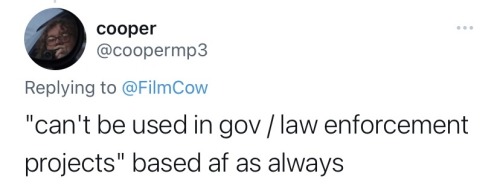
im sorry to ask again but do you still have the link for the visual novel on google drive or something? i'm finally done with exams :D
u bet ur ass i do
original fate/stay night visual novel including english, voice, and censor patch
all you gotta do for this one is unpack and it’s ready to go. my old save files are still in there probably but just delete the savedata folder in the directory if that’s the case. if you don’t want it censored delete the patch with the highest number.
fate/stay night realta nua, all three routes, including english patch
follow the instructions in the english patch folder before playing. also the fate route folder still has a patch i made that replaces “church on the hill” with the dogsong from undertale so you might wanna delete patch.xp3 from the folder before playing
you have to change your system locale to japanese before either of these work, and for realta nua you have to run the exe file with the longer name since that’s the cracked one
if you’re on mac, follow this guide to get the game running
I stumbled across this blog on accident, but I am intrigued and I have to ask: is there a specific best place to read the Ulster Cycle in English?
yo! welcome to the niche corner
okay so first up the “ulster cycle” is a modern term given to a huge and disparate body of texts, some of which connect obviously to each other and some of which don’t but happen to have some of the same characters. some retellings attempt to rewrite the whole thing into a single coherent narrative but those are, by necessity, retellings rather than translations since that isn’t actually... what it is.
not all the texts have been translated but most of the big ones have and some of them even have multiple translations which is great
the big, central text and the one i reference most often is táin bó cúailnge, which used to get translated as “the cattle-raid of cooley” until thomas kinsella came along and was like “hey, maybe people would take us more seriously if we called it the táin”, so that’s what it generally gets called now. kinsella’s translation is good, as is ciarán carson’s. carson’s is a bit cheaper and personally i prefer it for general reading because of the style, but kinsella’s has the big advantage that he includes a bunch of the other stories which relate to the táin
another useful book is gantz’s early irish myths and sagas, which includes a bunch of texts from the so-called “ulster” and “mythological” cycles (again, modern terms). i would... ignore 99% of what gantz says in his little textual introductions because a lot of it is now quite outdated scholarship, but the translations themselves are solid enough
there are some more texts translated in the celtic heroic age by john carey and john koch but these are more academic translations and don’t really try and smooth over the syntax or any gaps in the manuscript for a modern audience, so that’s only if you’re really keen
you can also find a lot of the texts in translation at CELT, the Corpus of Electronic Texts (whoever came up with that acronym must have been so proud of themselves) -- these are generally older translations but hey, they’re free and they’re online and a lot of them are very accurate, even if that can make them a bit less readable
@finnlongman makes videos about medieval irish lit and has retold several ulster cycle texts on youtube here
hope this helps! you will also find various retellings out there, many of them victorian or early 20th century (lady gregory, eleanor hull etc) but like i said, if you want the texts in their most “accurate” form, these are the best places to start
[please note that links are amazon uk affiliate links, if you buy via those i get a teeny tiny commission, but actually would advocate supporting your local bookshops if possible, they’re mostly there for illustrative purposes]
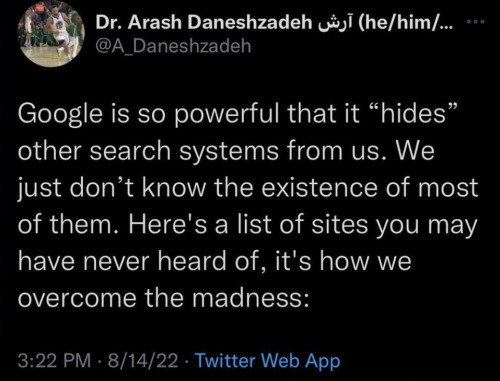
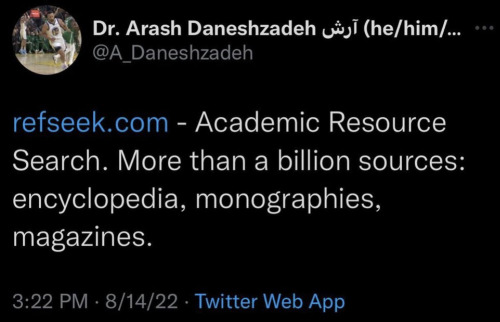
refseek.com
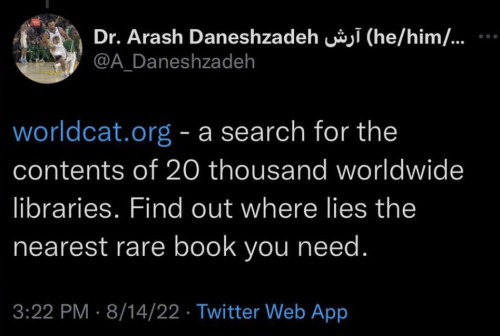
www.worldcat.org/
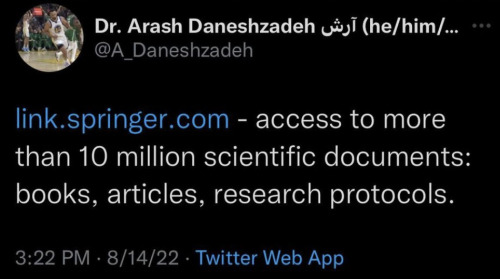
link.springer.com
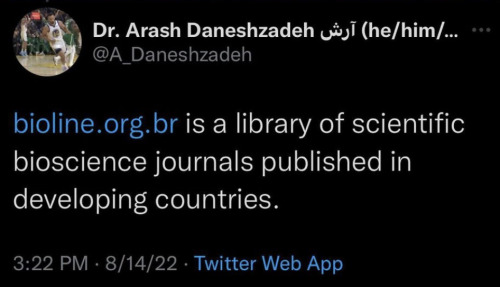
http://bioline.org.br/
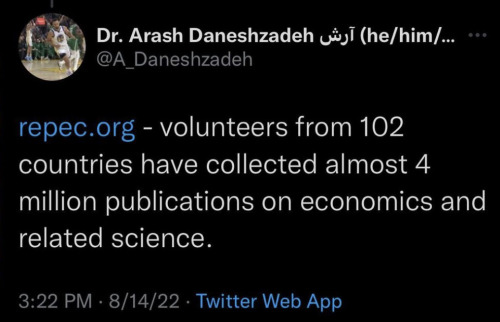
repec.org
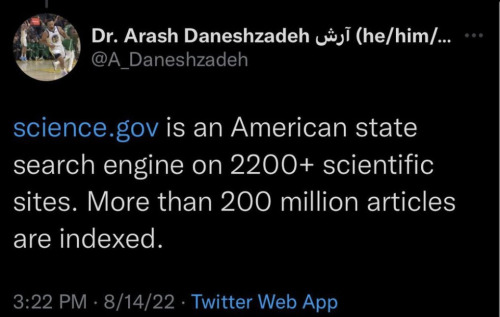
science.gov

pdfdrive.com
The world began with the spontaneous generation of four beings: first arose Khaos (Chasm); then came Gaia (Earth), "the ever-sure foundation of all"; and "dim" Tartaros, in the depths of the Earth; and Eros (Desire) "fairest among the deathless gods". From the Chasm came Erebos (Darkness) and Nyx (Night). And Nyx "from union in love" with Erebos produced Aether (Brightness) and Hemera (Day). From Gaia came Ouranos (Sky), the Ourea (Mountains), and Pontos (Sea).
From Gaia’s union with Ouranos, she birthed the twelve Titans: Okeanos, Koios, Krios, Hyperion, Iapetos, Theia, Rhea, Themis, Mnemosyne, Phoebe, Tethys, and Kronos. The Titans each represent qualities of their divine parents, the male Titans being gods of the sky and time, the female Titannes being goddesses of earth and prophecy. Gaia also produced the three Cyclopes, as well as the three Hekatonkheires (“The Hundred-Handed”).
Ouranos, fearing that one of his children would betray him, hid his brood within the body of Gaia, causing her great pain and discomfort. Gaia gave an adamantine sickle to her youngest son, Kronos who, with the aid of his brothers, restrained and castrated the Sky as he bent to mate with the Earth. Ouranos’s blood fell onto the Earth, and the Erinyes (Furies), Giants, and Melial (Ash nymphs) sprang from that union. Where Ouranos’s genitals fell into the sea, foam developed and Aphrodite was borne from the foam.
hey so protip if you have abusive parents and need to get around the house as quietly as possible, stay close to furniture and other heavy stuff because the floor is settled there and it’s less likely to creak




^They're currently taking donations for Maui mutual aid
-
 gatebreaker reblogged this · 1 week ago
gatebreaker reblogged this · 1 week ago -
 gatebreaker liked this · 1 week ago
gatebreaker liked this · 1 week ago -
 littlemuse13 liked this · 1 week ago
littlemuse13 liked this · 1 week ago -
 burntcherries-silencedcanaries liked this · 1 week ago
burntcherries-silencedcanaries liked this · 1 week ago -
 in-hindsight-that-was-a-bad-idea reblogged this · 1 week ago
in-hindsight-that-was-a-bad-idea reblogged this · 1 week ago -
 in-hindsight-that-was-a-bad-idea liked this · 1 week ago
in-hindsight-that-was-a-bad-idea liked this · 1 week ago -
 inkk-splatters reblogged this · 1 week ago
inkk-splatters reblogged this · 1 week ago -
 tylertheboyo reblogged this · 1 week ago
tylertheboyo reblogged this · 1 week ago -
 tylertheboyo liked this · 1 week ago
tylertheboyo liked this · 1 week ago -
 remedygod reblogged this · 1 week ago
remedygod reblogged this · 1 week ago -
 selkiebinch liked this · 1 week ago
selkiebinch liked this · 1 week ago -
 keets-writing-corner liked this · 1 week ago
keets-writing-corner liked this · 1 week ago -
 ashiekitten liked this · 1 week ago
ashiekitten liked this · 1 week ago -
 olive-pokeirl reblogged this · 1 week ago
olive-pokeirl reblogged this · 1 week ago -
 olive-pokeirl liked this · 1 week ago
olive-pokeirl liked this · 1 week ago -
 pastelparsec reblogged this · 1 week ago
pastelparsec reblogged this · 1 week ago -
 pastelparsec liked this · 1 week ago
pastelparsec liked this · 1 week ago -
 nano-takami liked this · 1 week ago
nano-takami liked this · 1 week ago -
 meepizgremlin liked this · 1 week ago
meepizgremlin liked this · 1 week ago -
 meepizgremlin reblogged this · 1 week ago
meepizgremlin reblogged this · 1 week ago -
 chikenpho-togo liked this · 2 weeks ago
chikenpho-togo liked this · 2 weeks ago -
 feralpodcastlistener liked this · 2 weeks ago
feralpodcastlistener liked this · 2 weeks ago -
 tavernreapers reblogged this · 2 weeks ago
tavernreapers reblogged this · 2 weeks ago -
 spinchs-field liked this · 2 weeks ago
spinchs-field liked this · 2 weeks ago -
 c-a-r-0-l-i-n-e liked this · 2 weeks ago
c-a-r-0-l-i-n-e liked this · 2 weeks ago -
 yupokaysuremhm reblogged this · 2 weeks ago
yupokaysuremhm reblogged this · 2 weeks ago -
 yupokaysuremhm reblogged this · 2 weeks ago
yupokaysuremhm reblogged this · 2 weeks ago -
 sunnysynergy liked this · 2 weeks ago
sunnysynergy liked this · 2 weeks ago -
 felixcosm reblogged this · 2 weeks ago
felixcosm reblogged this · 2 weeks ago -
 lurkinglilyrice liked this · 2 weeks ago
lurkinglilyrice liked this · 2 weeks ago -
 stormiiflies reblogged this · 2 weeks ago
stormiiflies reblogged this · 2 weeks ago -
 awful-desires liked this · 2 weeks ago
awful-desires liked this · 2 weeks ago -
 randomfandomnomad reblogged this · 2 weeks ago
randomfandomnomad reblogged this · 2 weeks ago -
 impala-baby-girl liked this · 2 weeks ago
impala-baby-girl liked this · 2 weeks ago -
 a-personiftranslator liked this · 2 weeks ago
a-personiftranslator liked this · 2 weeks ago -
 expiredmilk348 liked this · 2 weeks ago
expiredmilk348 liked this · 2 weeks ago -
 polarized-here reblogged this · 2 weeks ago
polarized-here reblogged this · 2 weeks ago -
 mev12 liked this · 2 weeks ago
mev12 liked this · 2 weeks ago -
 famouslightturtlepatrol liked this · 2 weeks ago
famouslightturtlepatrol liked this · 2 weeks ago -
 microscopicameoba reblogged this · 2 weeks ago
microscopicameoba reblogged this · 2 weeks ago -
 microscopicameoba liked this · 2 weeks ago
microscopicameoba liked this · 2 weeks ago -
 g-on-ef reblogged this · 2 weeks ago
g-on-ef reblogged this · 2 weeks ago -
 srphns-blog reblogged this · 2 weeks ago
srphns-blog reblogged this · 2 weeks ago -
 meliaka-the-fallen liked this · 2 weeks ago
meliaka-the-fallen liked this · 2 weeks ago -
 humanconditionpoetry reblogged this · 2 weeks ago
humanconditionpoetry reblogged this · 2 weeks ago -
 tremendoustragedybard reblogged this · 2 weeks ago
tremendoustragedybard reblogged this · 2 weeks ago -
 ohgodtheselfshipbrain liked this · 2 weeks ago
ohgodtheselfshipbrain liked this · 2 weeks ago
